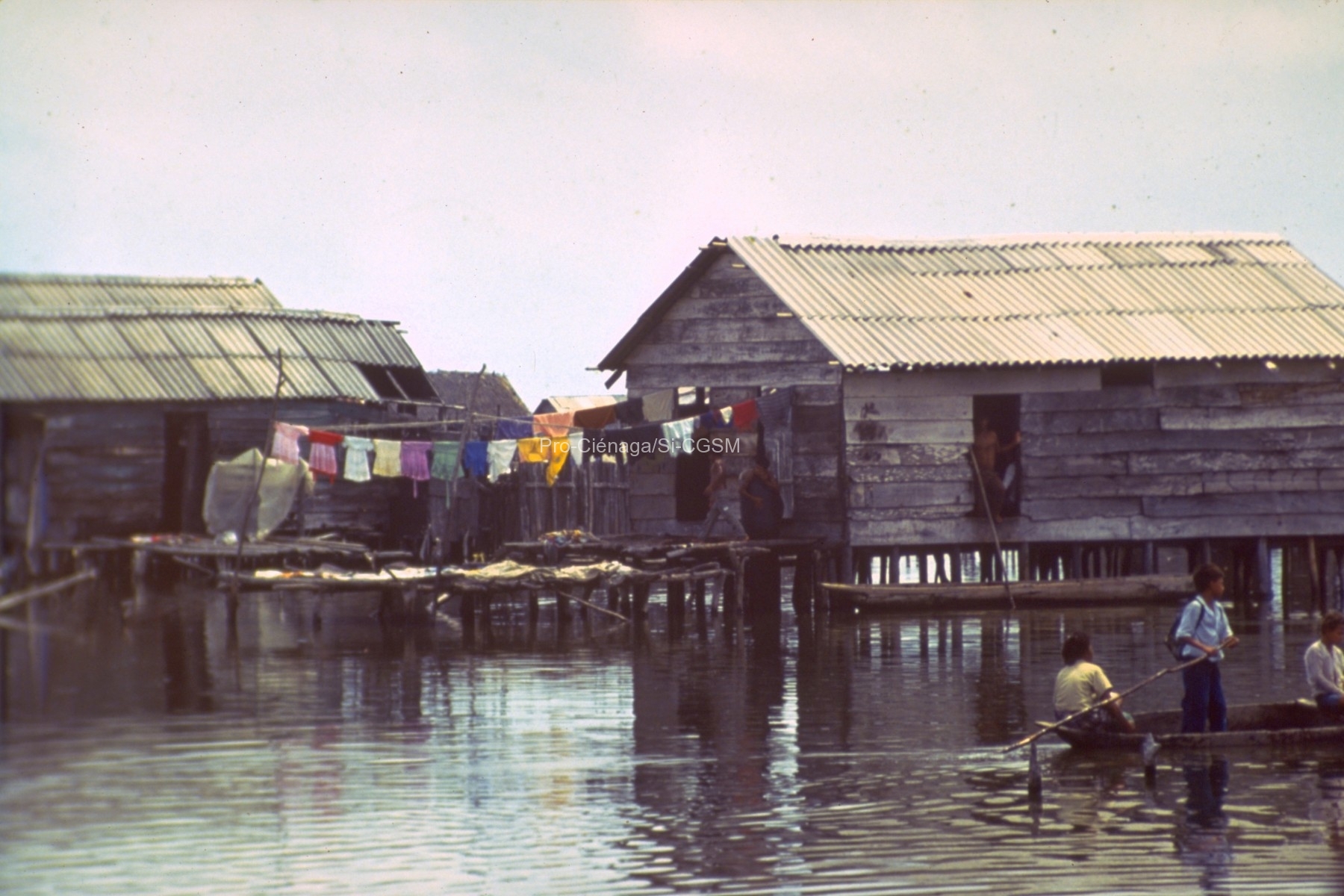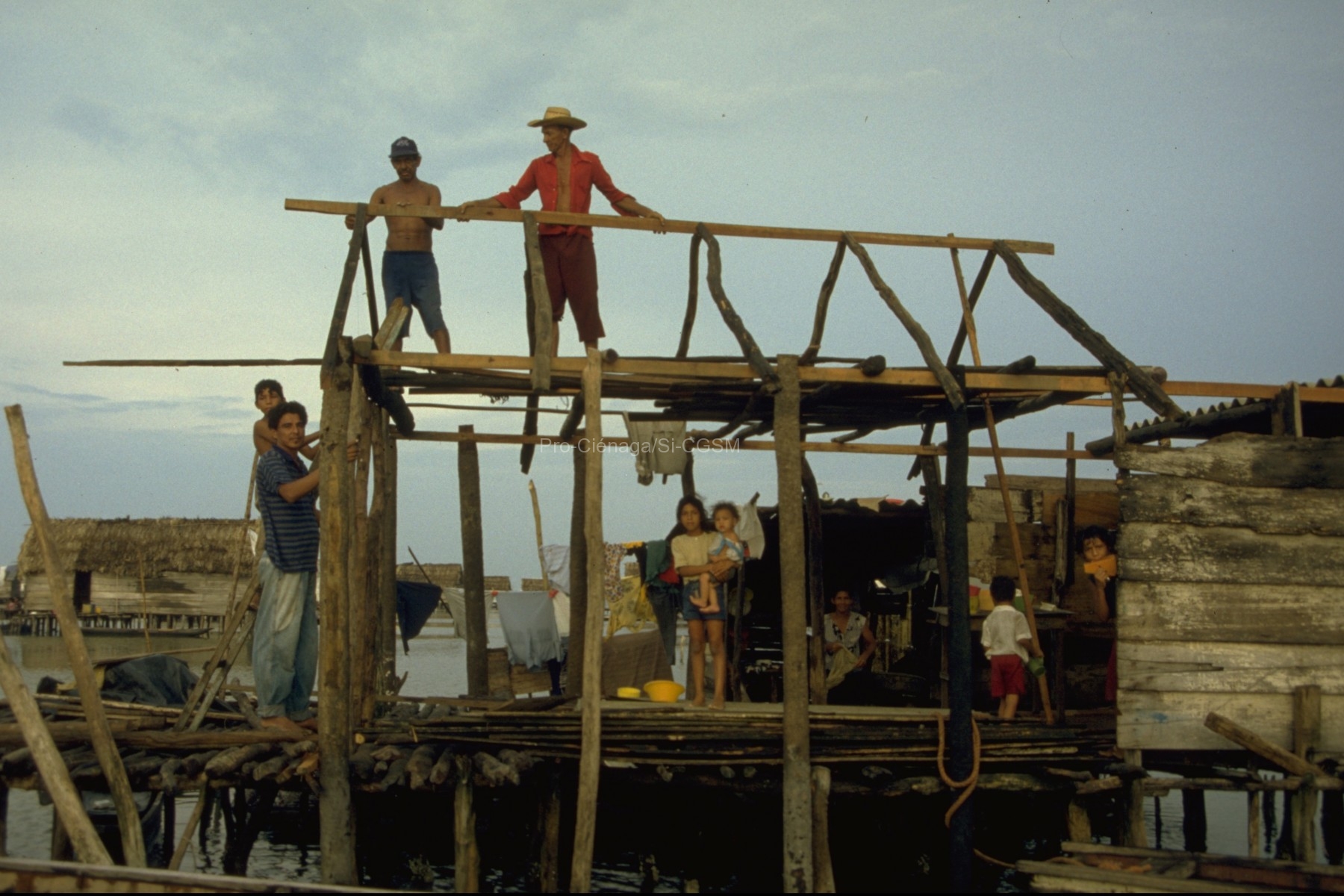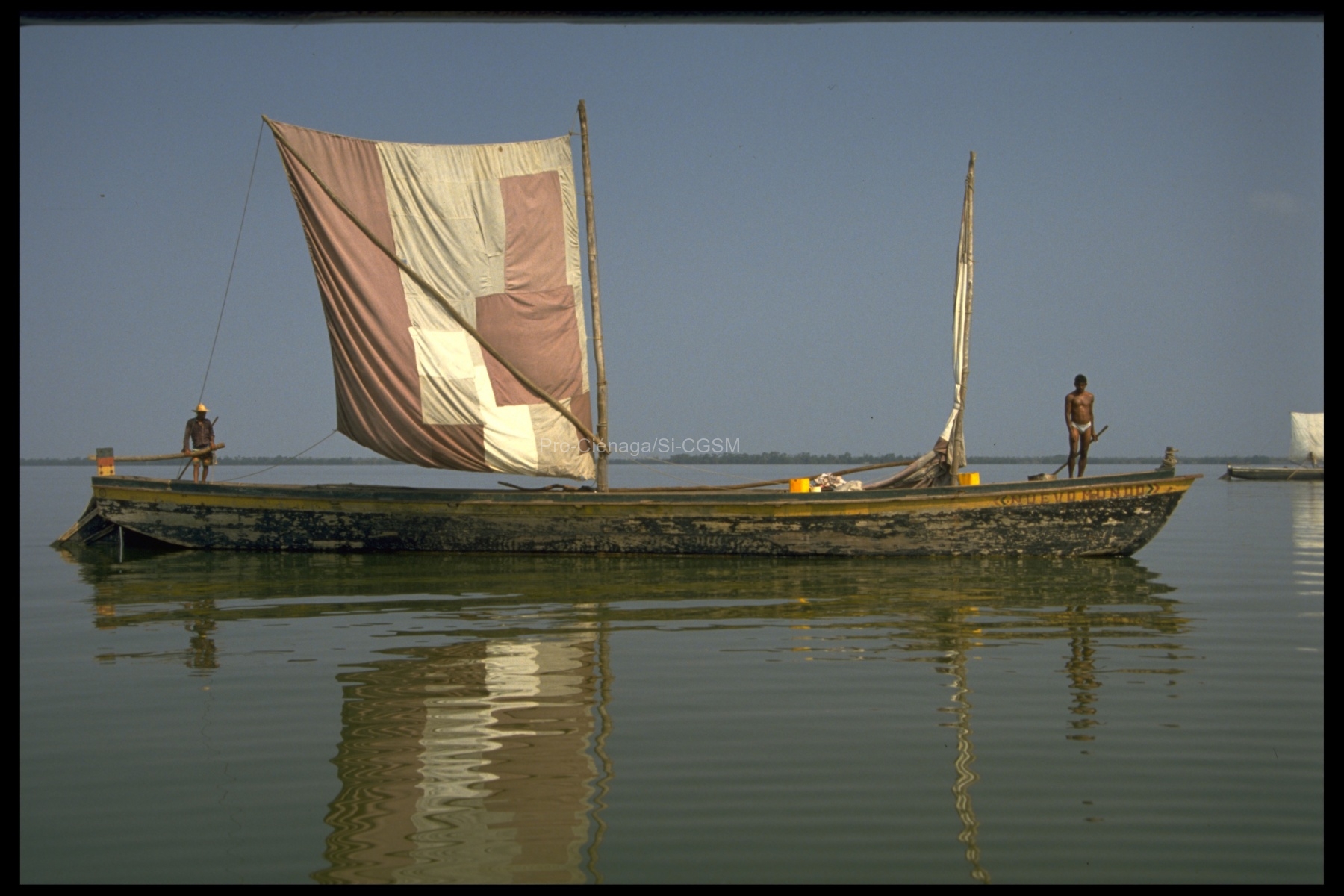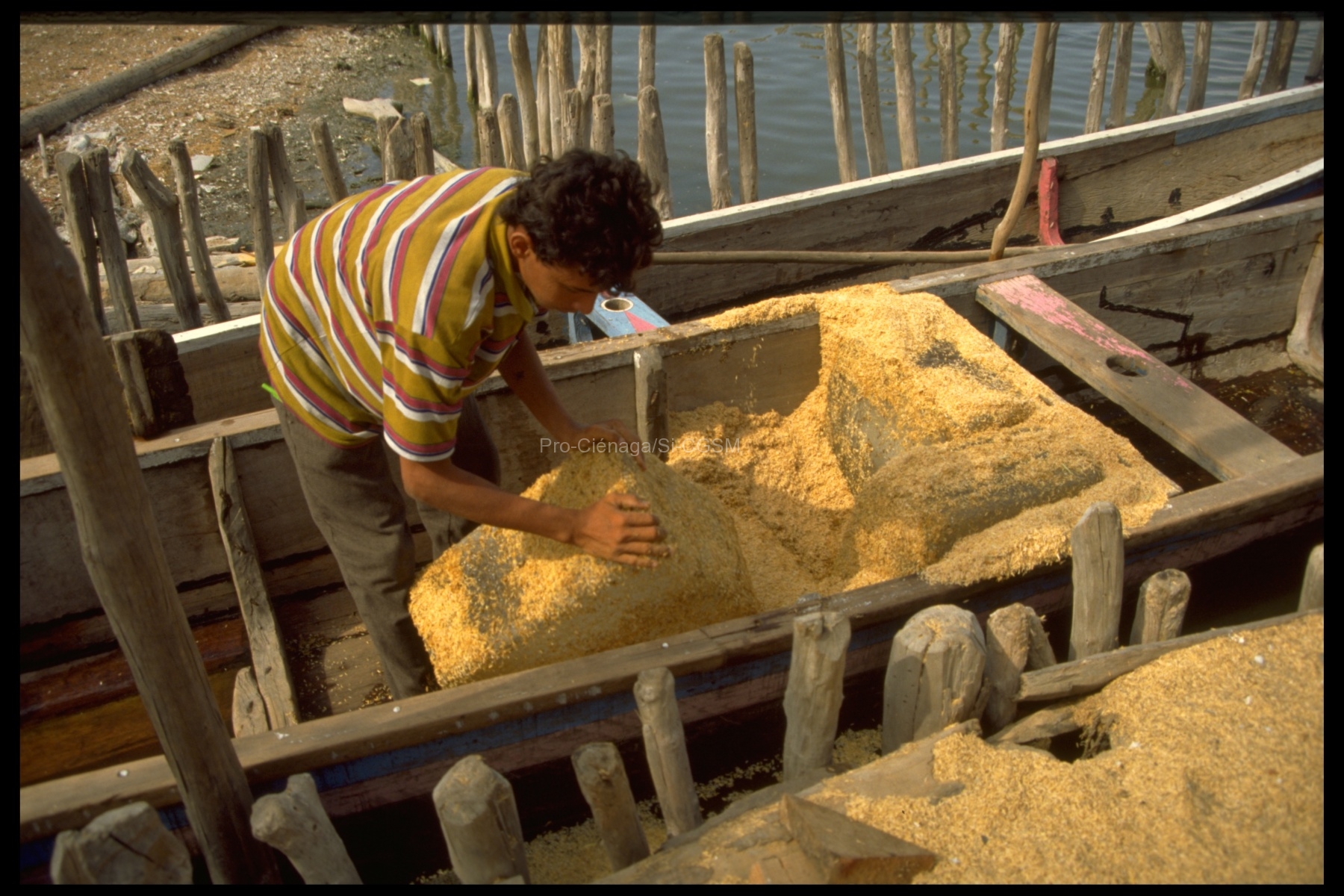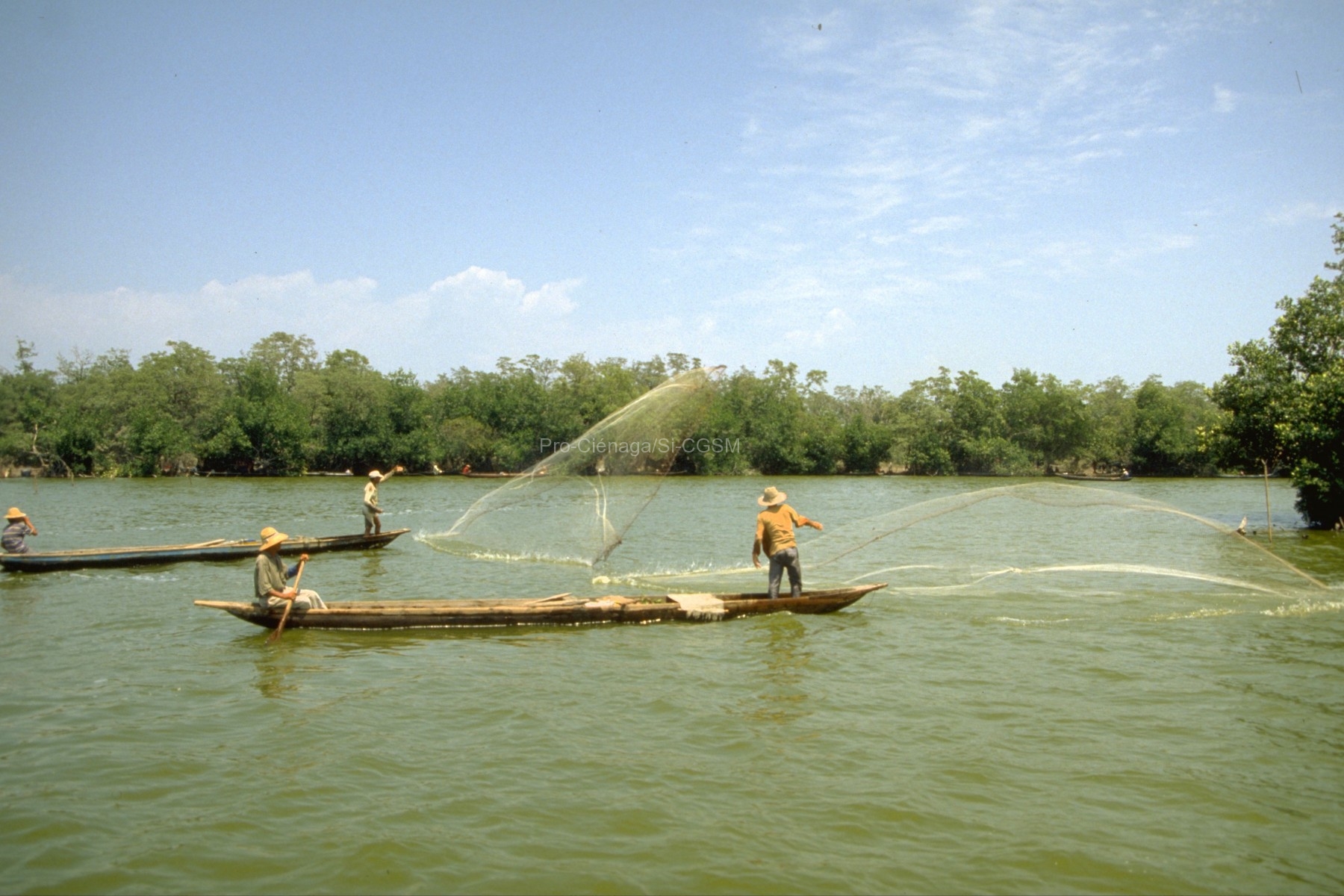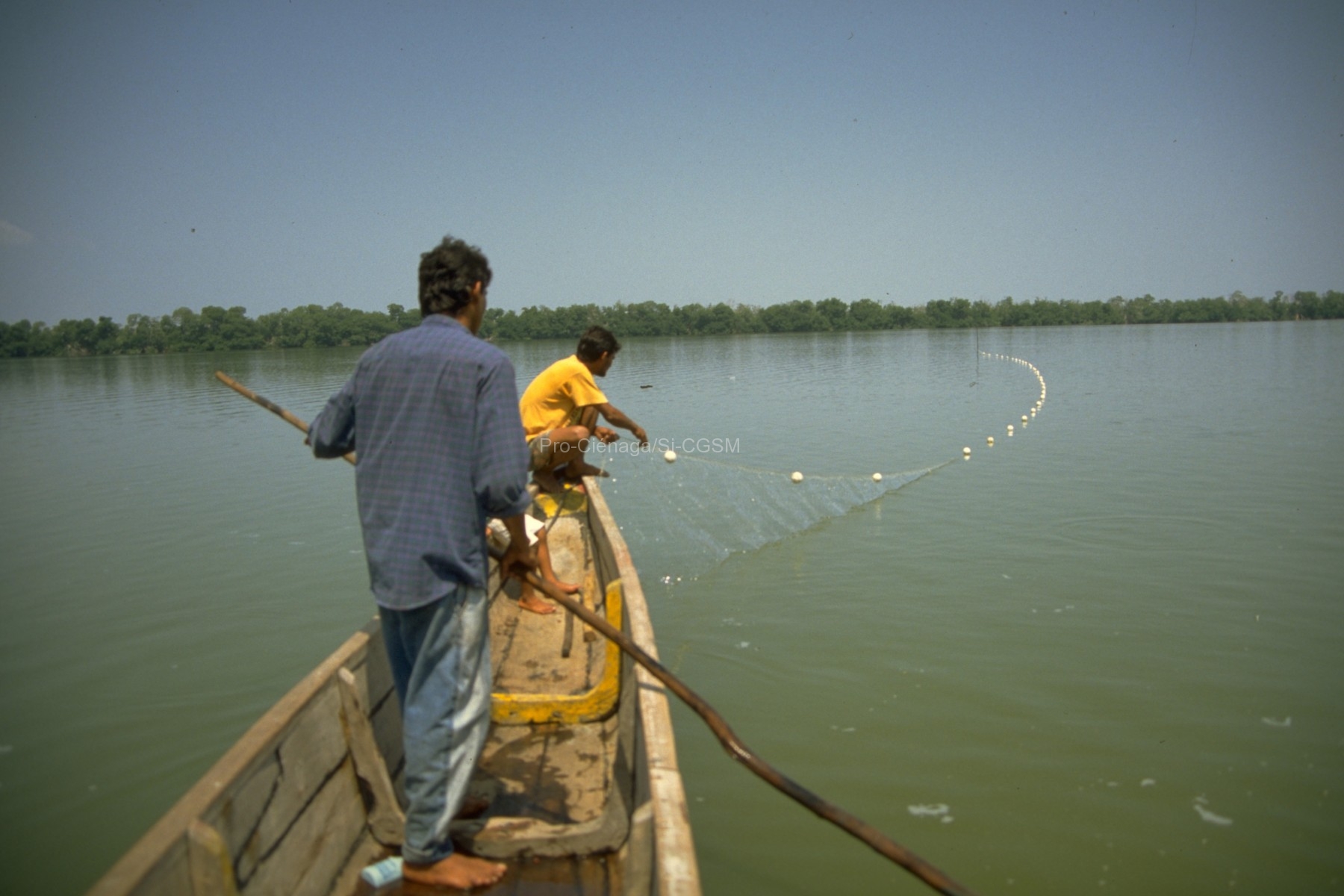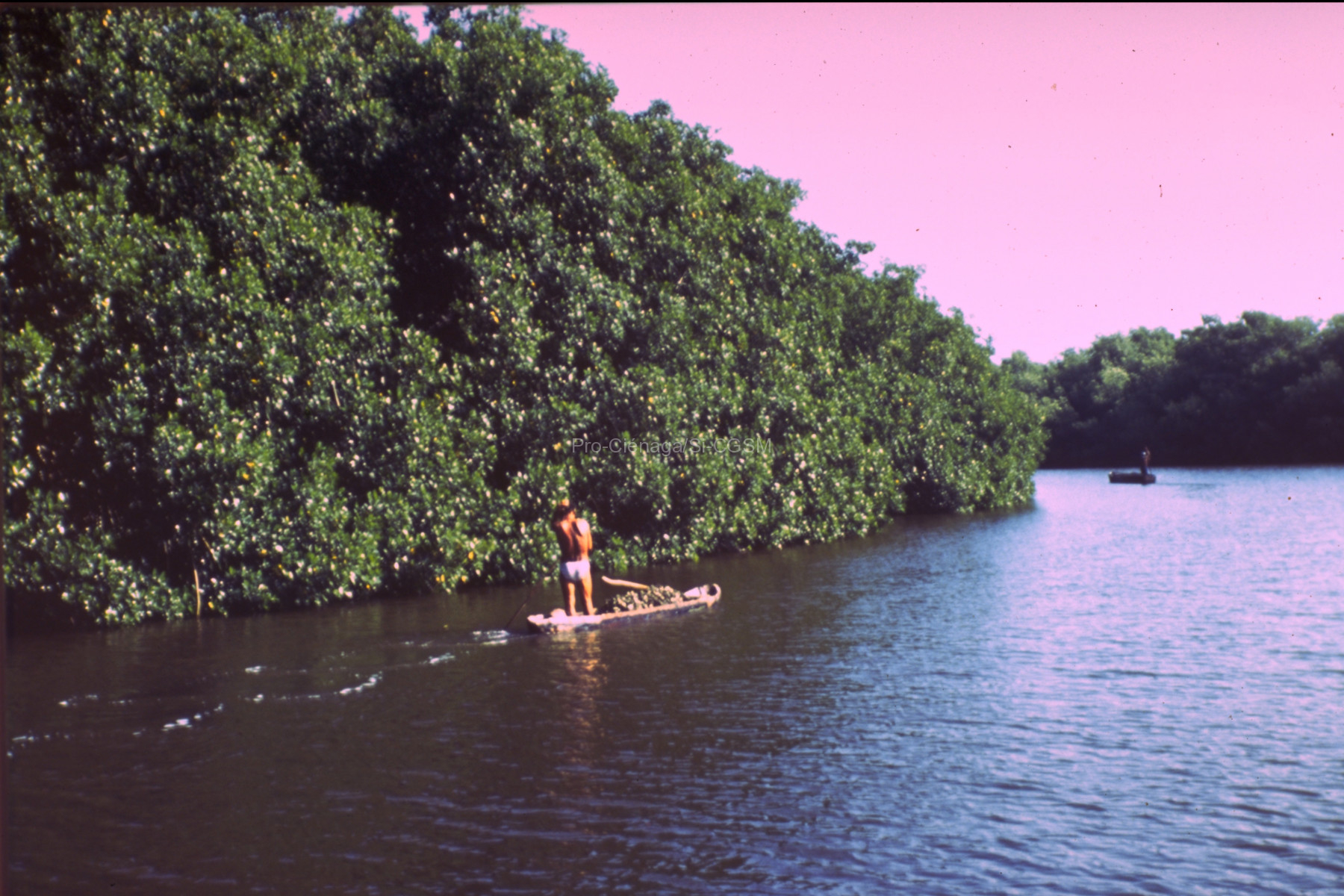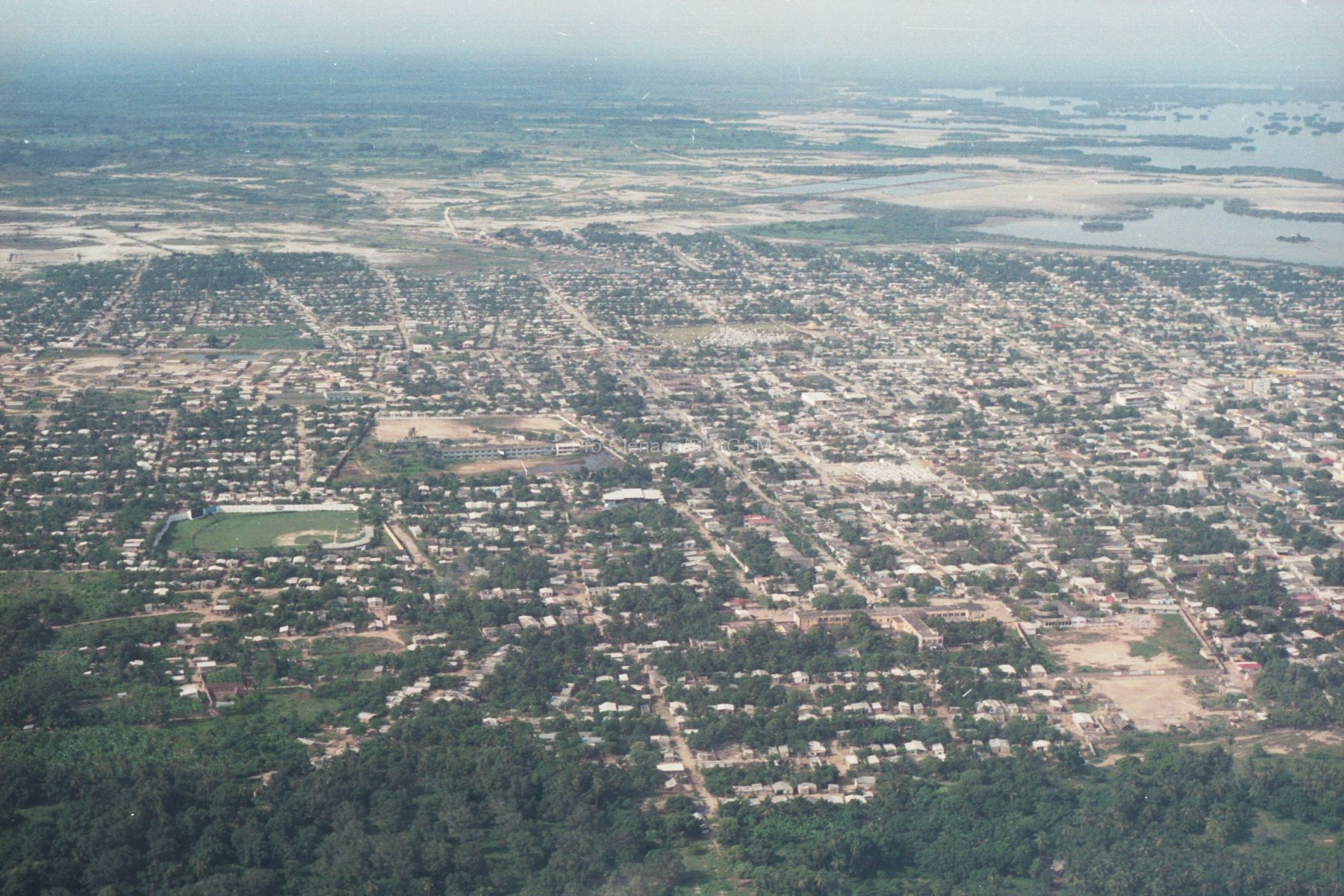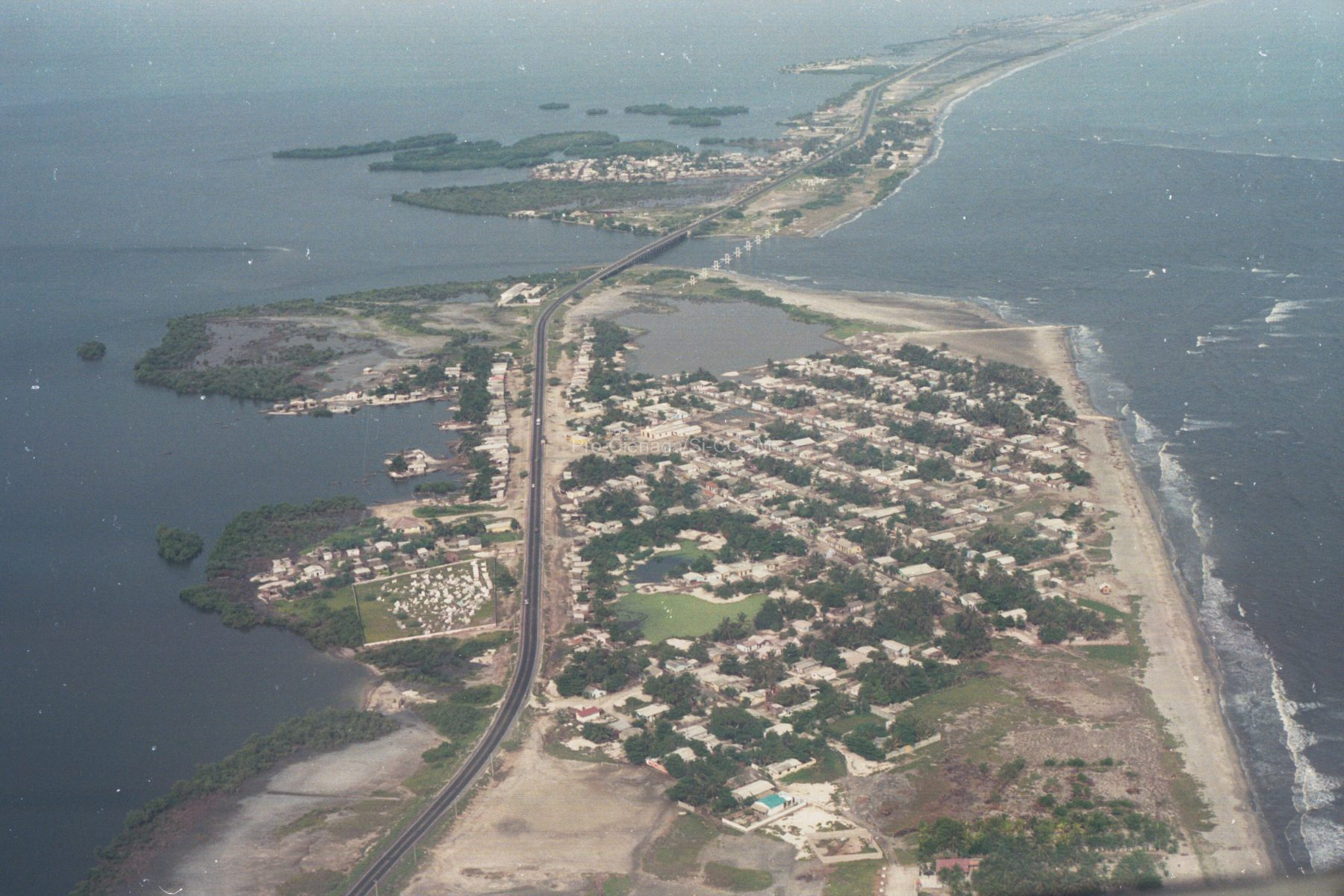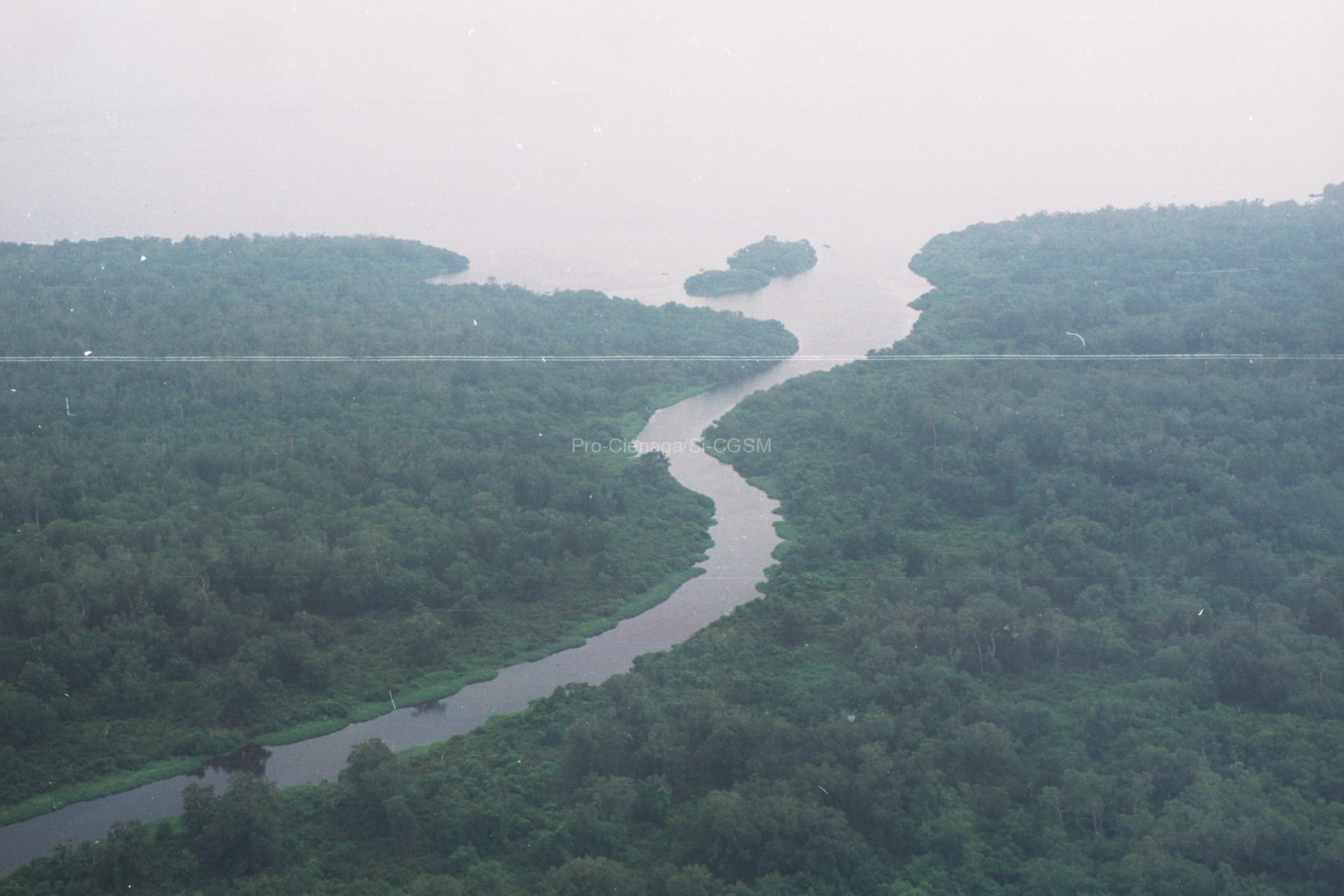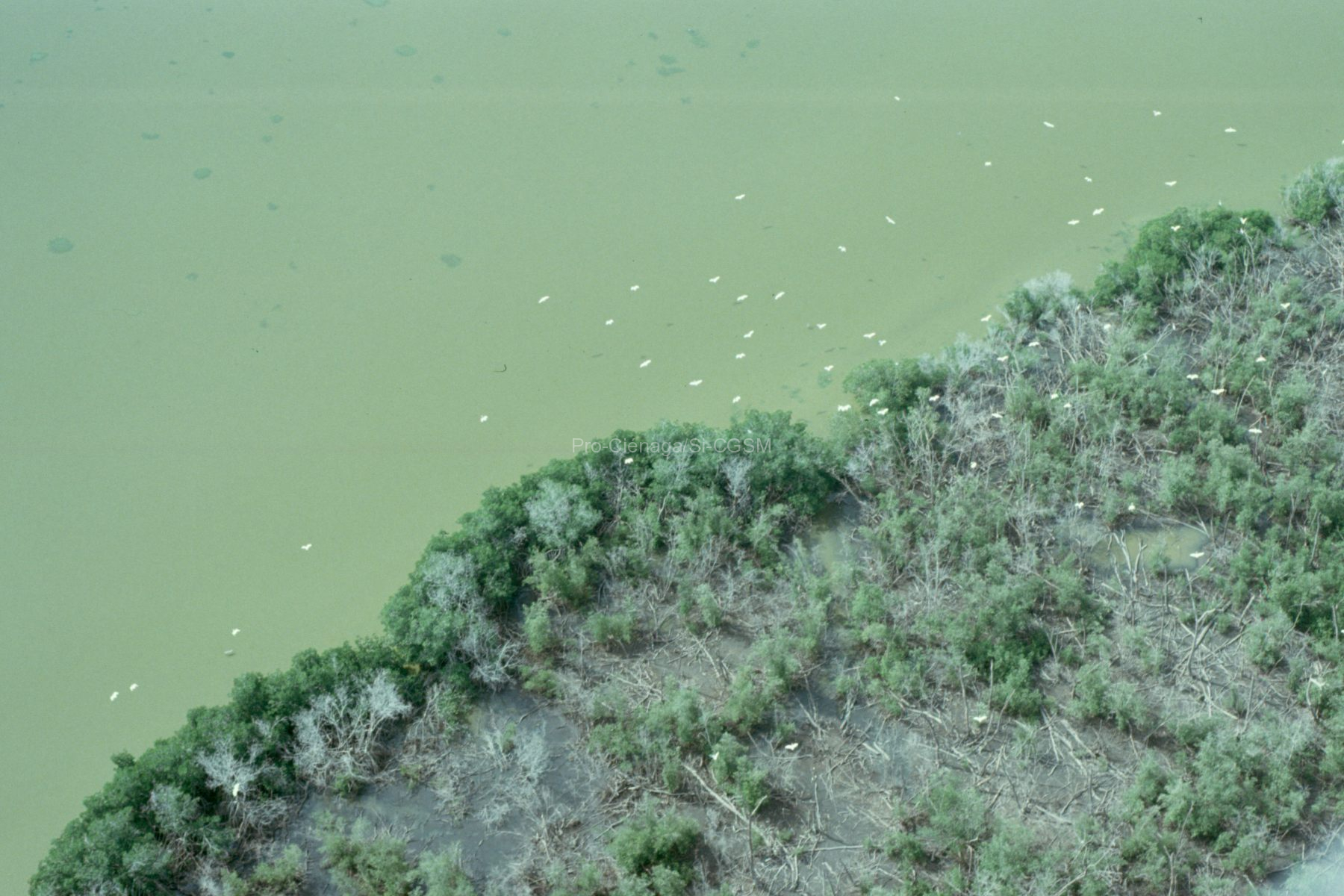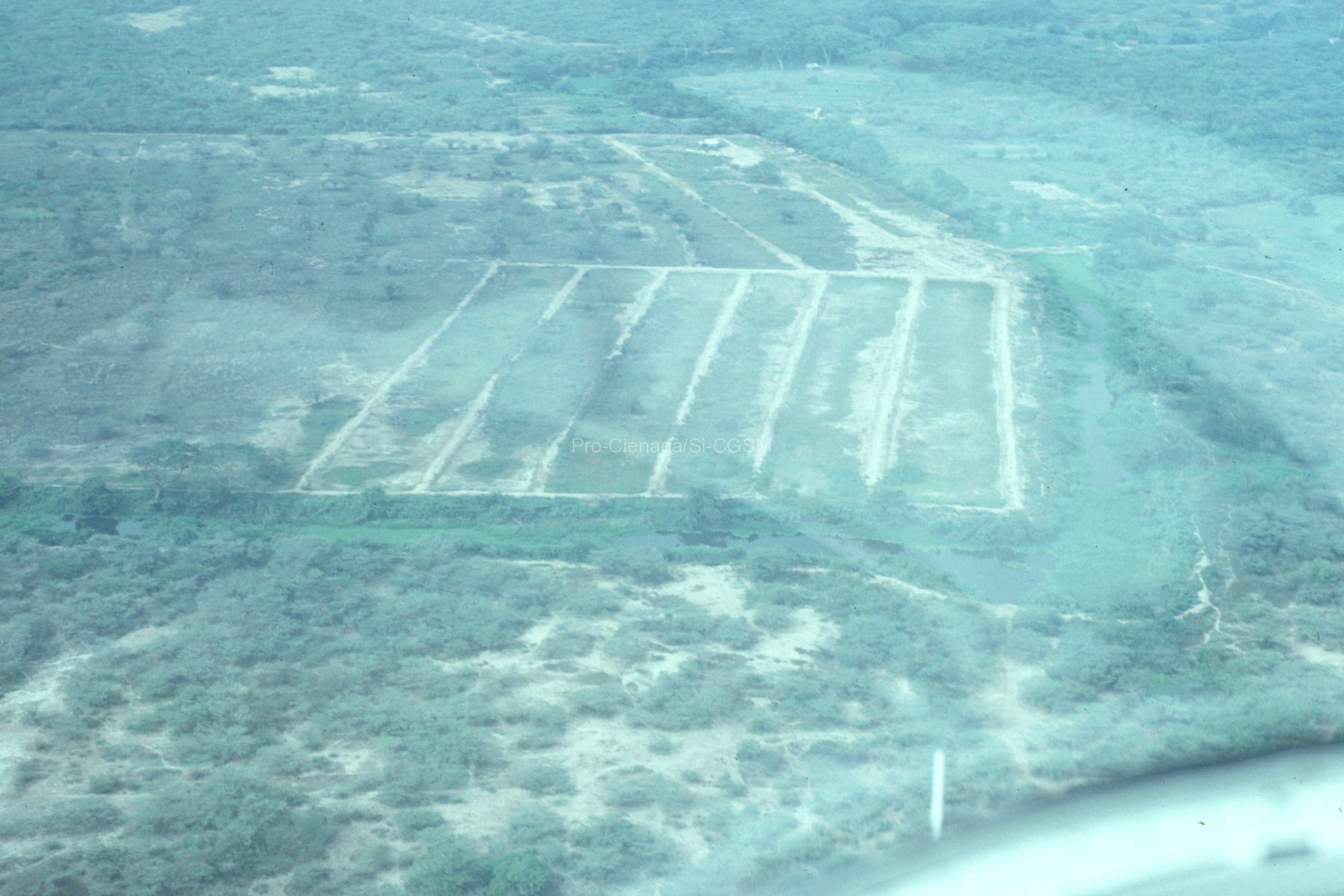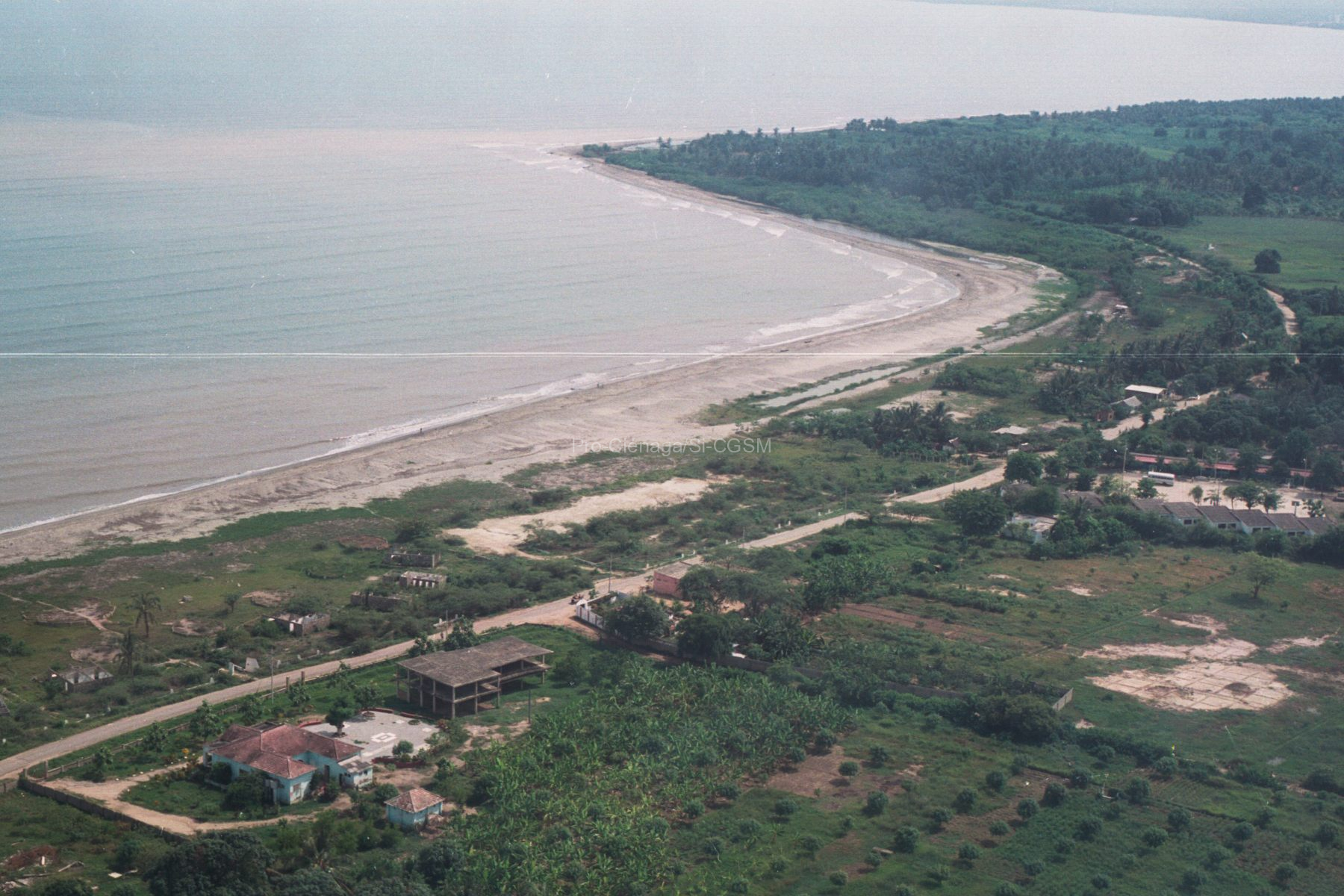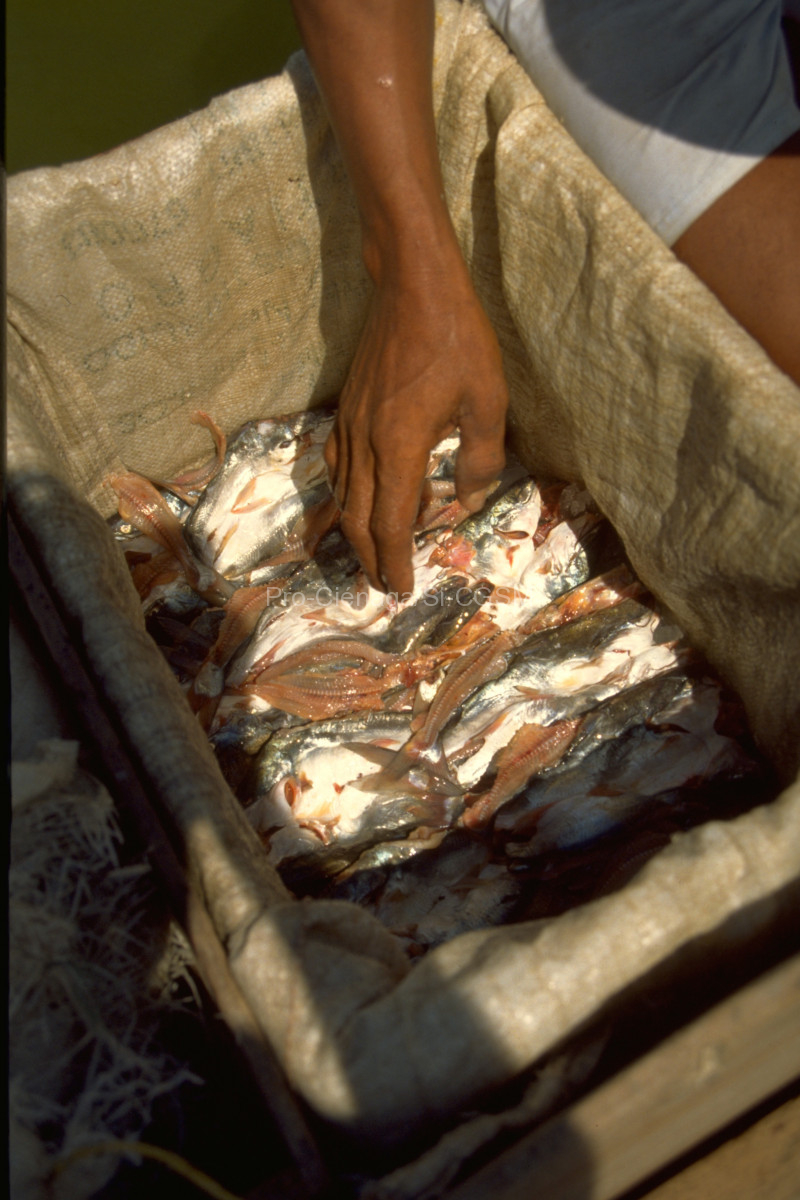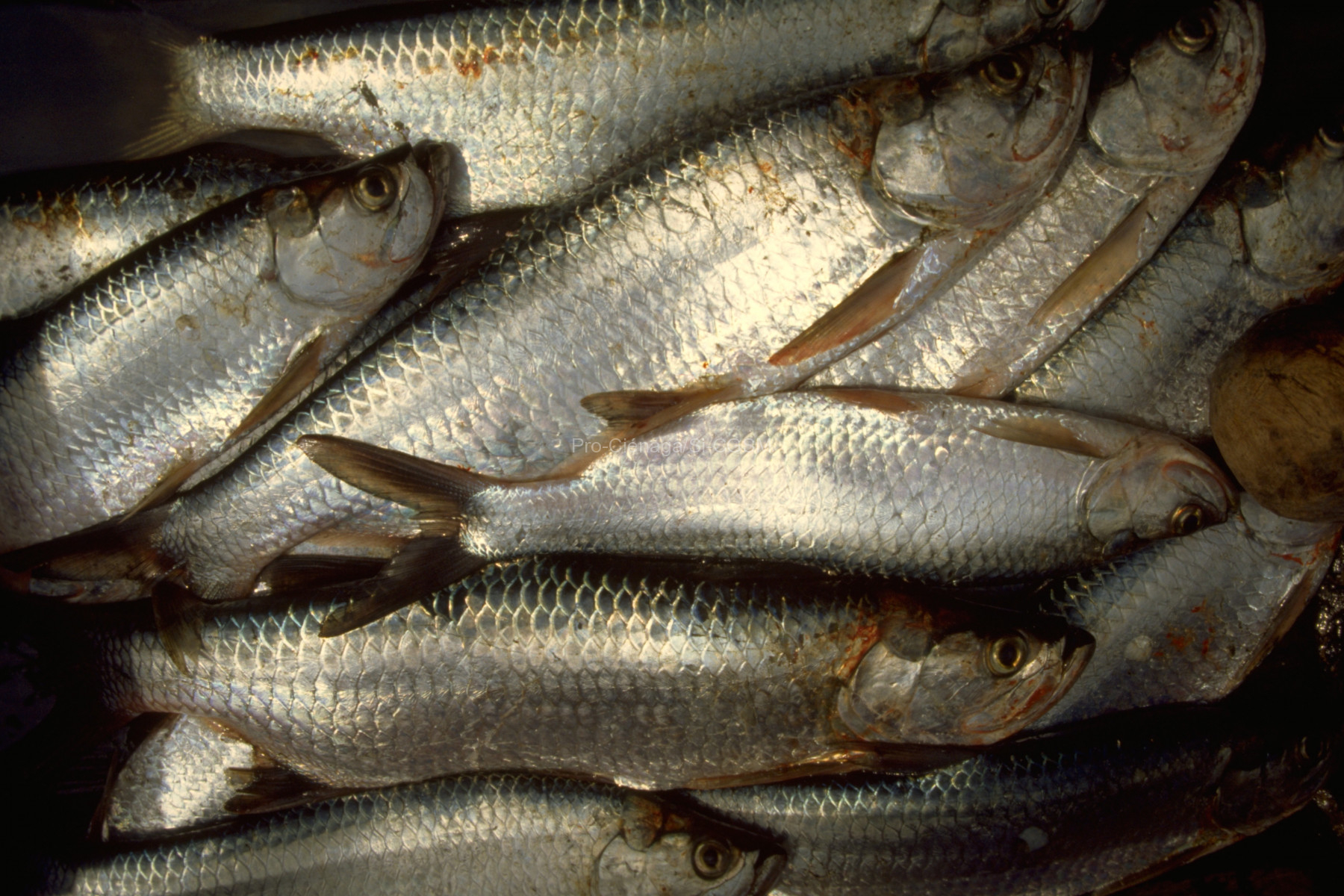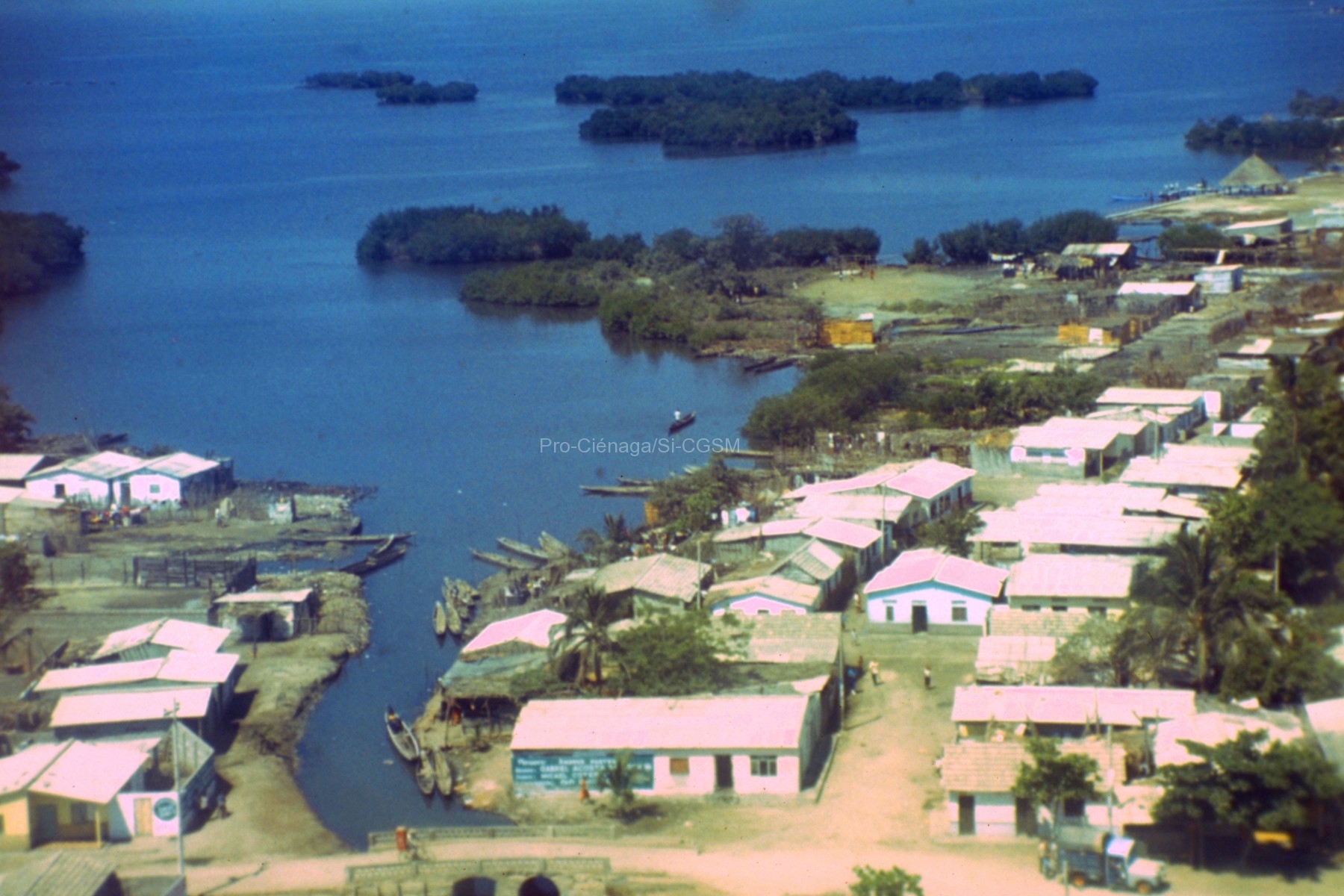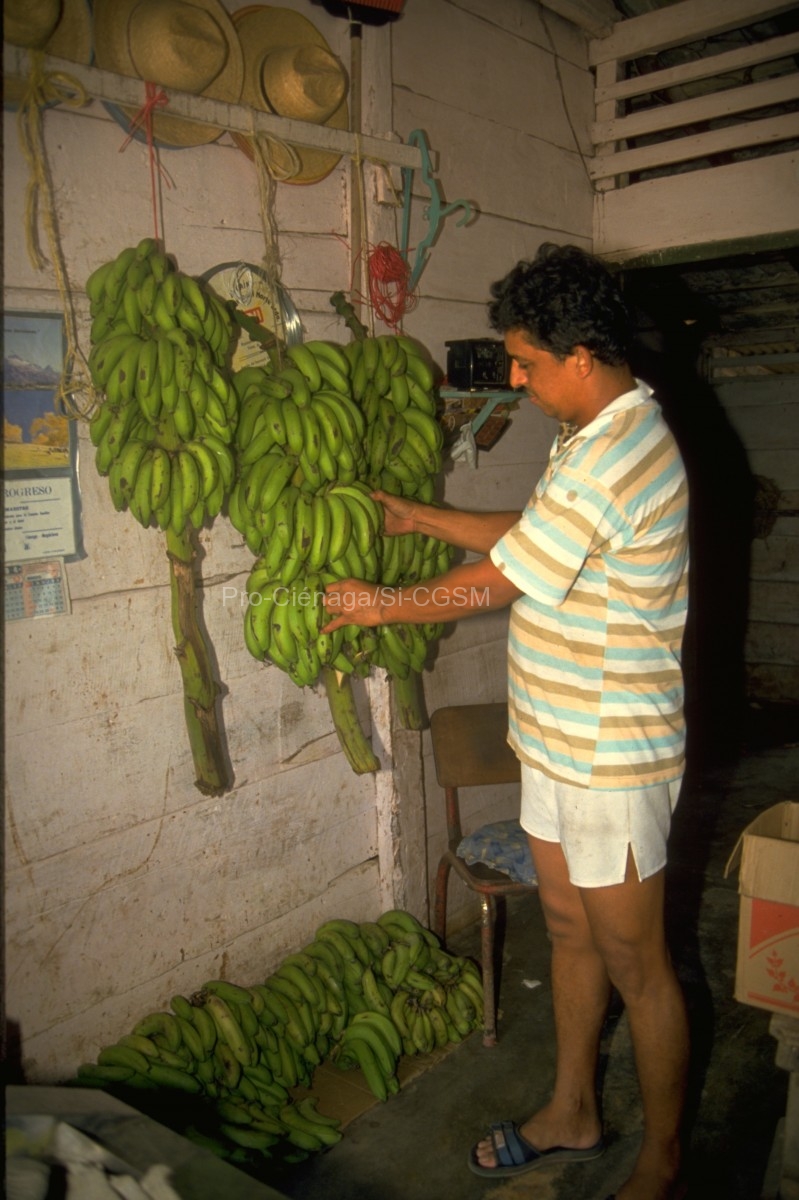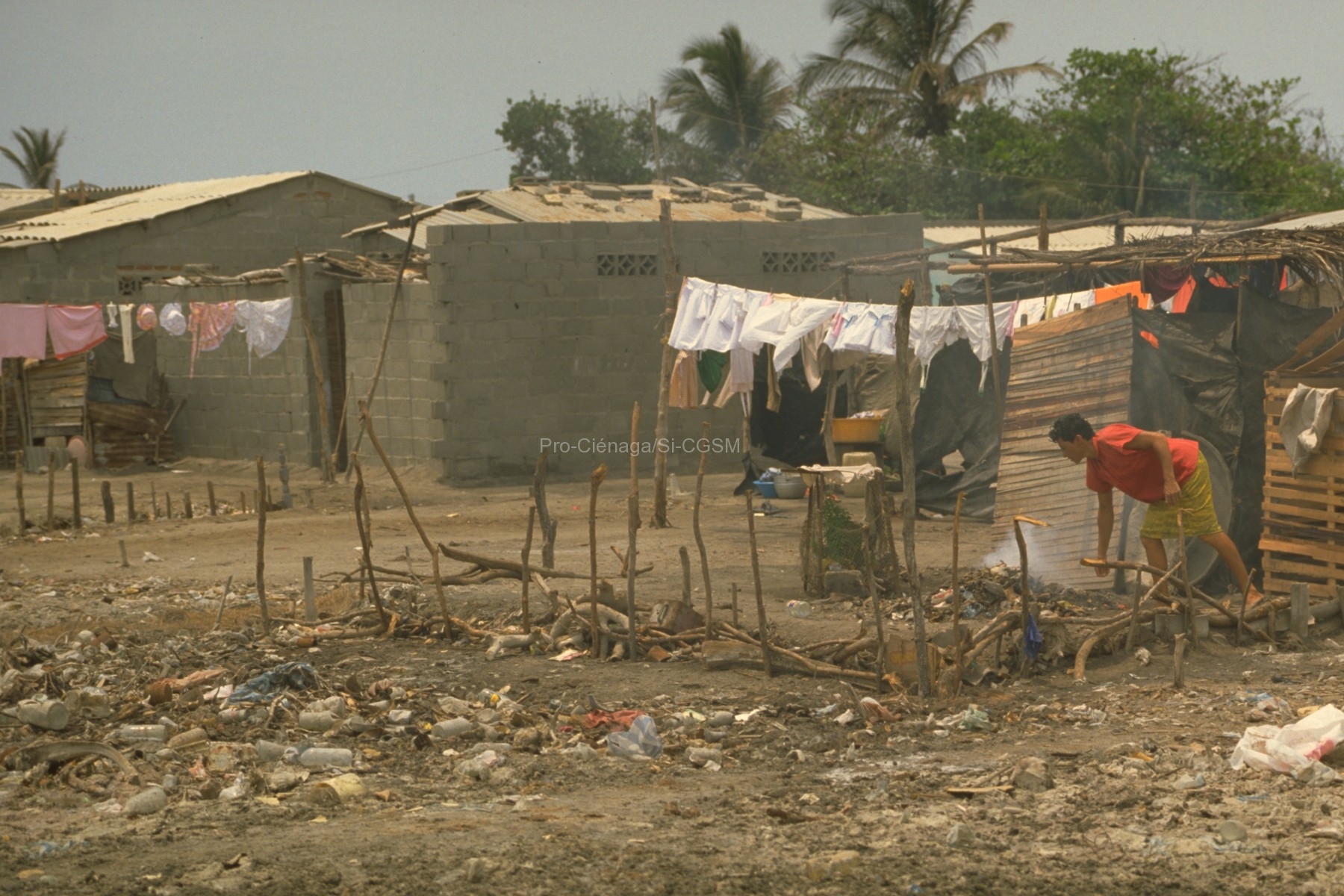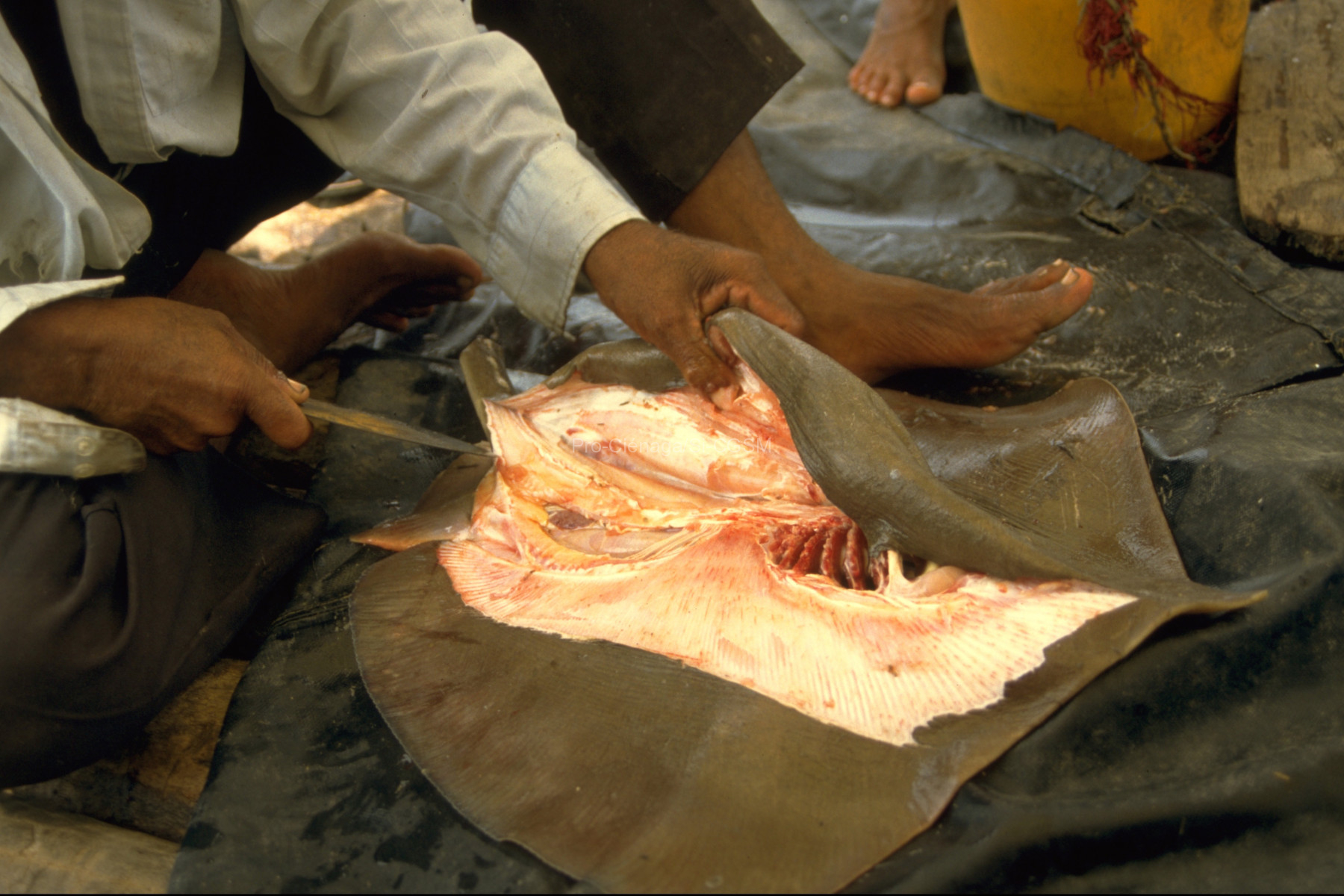Documents used and results: Out of the 31 documents classified in this category, only three explicitly report species from the CGSM Ecoregion (B10, M78, MA03). The remaining documents reference species as being present in the Magdalena Department or “Northern Colombia.” As a result, these species are included in the species table but not counted towards the official species tally. Consequently, only nine species from six genera, three families, and one order have been confirmed whereas potentially at least 19 species from eleven genera, five families, and two orders might be found in the CGSM Ecoregion; see Table Amphibia.
Sampling periods: For Moreno (1978) this can only be inferred as 1978, since the original document was unavailable, and the species were referenced through Moreno-Bejarano & Álvarez-León (2003). Their research involved sampling at multiple stations within the Santuario de Fauna y Flora de la Ciénaga Grande and the Parque Vía Isla de Salamanca, covering the years 1978, 1981–1985, and intermittently between 1986 and 1998. In a separate study, Balaguera-Reina et al. (2010) focused on nocturnal fauna, conducting observations between August and December 2006, with a sampling effort of 168 hours per month at various sites.
Species names: Rhinella humboldti was reported by Moreno (1978) and Moreno-Bejarano & Álvarez-León (2003) under the name Rhinella granulosus. However, according to Frost (R. granulosa, Feb. 1, 2025), the correct and currently accepted species name for R. granulosus is Rhinella granulosa. Notably, R. granulosa is exclusively found in Brazil and does not occur in Colombia (Frost, Colombia, Feb. 1, 2025). Furthermore, Rhinella humboldti was originally described by Gallardo in 1965 as Bufo granulosus humboldti (Frost, R. humboldti, Feb. 1, 2025). Given this information, it is inferred that the original reports of R. granulosa for the CGSM Ecoregion were likely misidentifications and should instead be attributed to R. humboldti.
Boana platanera was reported as B. crepitans by Moreno (1978) and Moreno-Bejarano & Álvarez-León (2003) but Escalona et al. (2021) reclassified it as a new and distinct species in northern Colombia.
Confirmed amphibian species: scientific names (linked to references), common names in English and Spanish (linked to images) according to iNaturalist
- Rhinella humboldti (R. granulosa), Sapo de Humboldt, Rivero’s Toad
- Rhinella marina, Sapo gigante, Cane Toad
- Boana platanera (B. crepitans), Rana platanera de ojos pálidos, Banana Tree Dwelling Frog
- Boana pugnax, Rana platanera de ojos tornsol, Chirique-Flusse Tree Frog
- Dendropsophus microcephalus, Rana de árbol amarilla, Yellow Tree Frog
- Engystomops pustulosus, Ranita tungara, Túngara Frog
- Leptodactylus bolivianus, Sapo-rana boliviano, Bolivean White-lipped Frog
- Leptodactylus insularum, Rana insular, Spotted Foam-nest Frog
- Pleurodema brachyops, Sapito lipón, Colombian Four-eyed Frog
Cited literature
Escalona, M., Marca, E., Castellanos, M., Fouquet, A., Crawford, A., Rojas-Runjaic, F., Giaretta, A., Señaris, C., & Castroviejo-Fisher, S. 2021. Integrative taxonomy reveals a new but common Neotropical treefrog, hidden under the name Boana xerophylla. Zootaxa, 4981, 401-448.
Frost, Darrel R. 2025. Amphibian Species of the World: an Online Reference. Version 6.2. Electronic Database, American Museum of Natural History, New York, USA. Species count for Colombia, accessed Feb 1st, 2025. Species name Rhinella granulosa, accessed Feb 1st, 2025. Rhinella humboldti, accessed Feb 1st, 2025.
All categories for Amphibia
Amphibia (31)Anura (28)
Bufonidae (6)
Rhinella granulosa (1)
Rhinella humboldti (3)
Rhinella marina (4)
Hylidae (12)
Boana crepitans (2)
Boana platanera (1)
Boana pugnax (4)
Dendropsophus microcephalus (3)
Phyllomedusa venusta (1)
Pseudis paradoxa (3)
Scinax ruber (1)
Leptodactylidae (12)
Engystomops pustulosus (2)
Leptodactylus bolivianus (2)
Leptodactylus fragilis (2)
Leptodactylus fuscus (1)
Leptodactylus insularum (3)
Leptodactylus poecilochilus (1)
Leptodactylus savagei (1)
Pleurodema brachyops (4)
Microhylidae (2)
Elachistocleis panamensis (1)
Elachistocleis pearsei (1)
Gymnophiona (1)
Caeciliidae (1)
Caecilia subnigricans (1)
Creado / actualizado por Horst Salzwedel en febrero de 2025.

